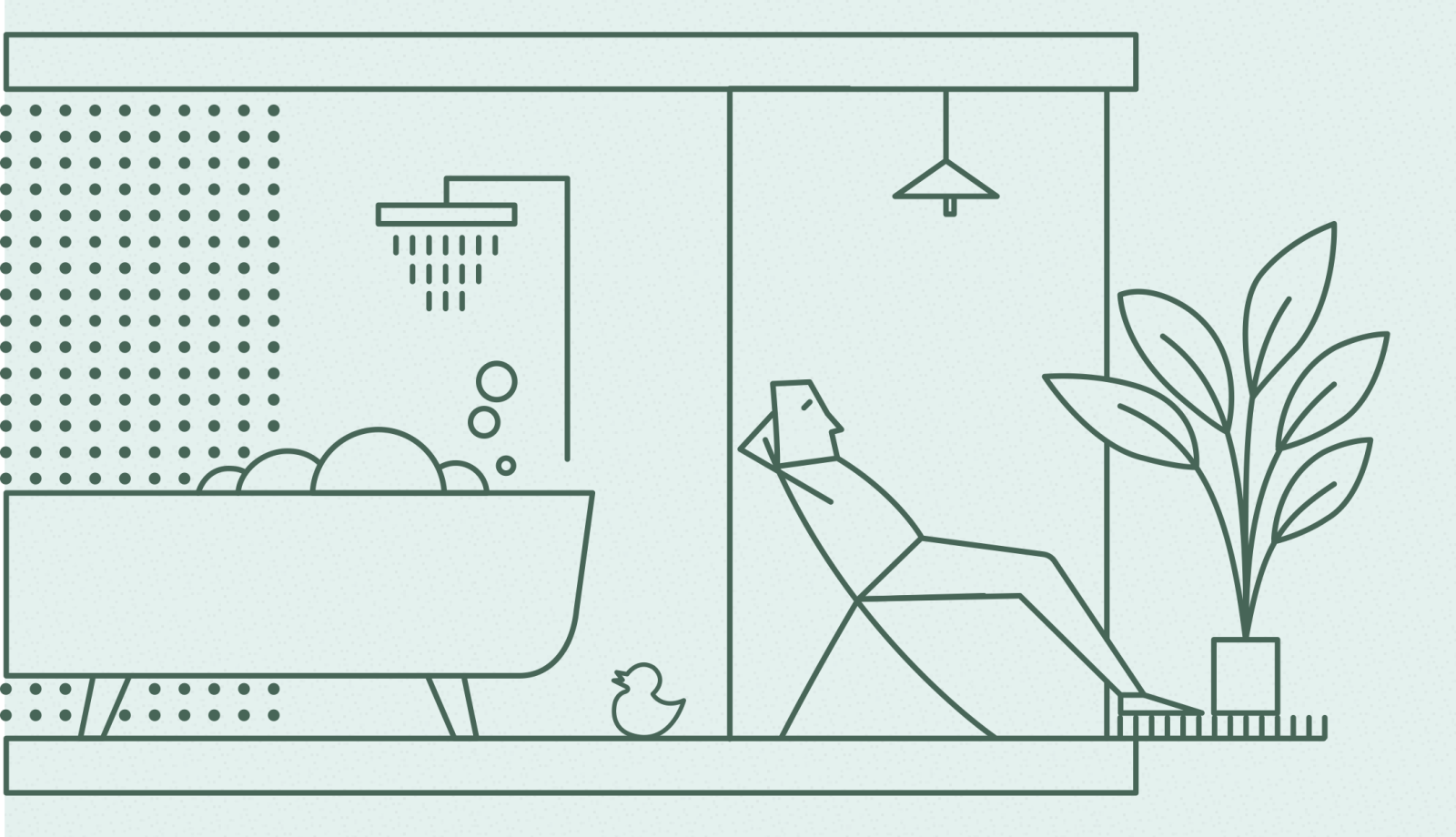
The facts about condominium apartments
It works better together: the well-functioning community.
In condominium residences, the condominium owner has a special right to his apartment. This permits them to carry out structural and other work within their own four walls without seeking consent from the other condominium owners, provided this does not interfere with the fabric of the building. For communal parts of the property, agreement with the others is necessary. Prudent management ensures a well-functioning community. Finally a home of your own, finally freedom with furnishings and fittings, finally living the way you want.
According to surveys conducted in Switzerland, home ownership still ranks high on many people's wish lists. The condominium is a frequent first choice: it is cheaper than a detached house, often more suitable in terms of spaciousness and location, and maintenance is easier, to list just a few reasons.
Legally speaking, this form of commonhold ownership has only been possible since 1965. Meanwhile, there are slightly over a million condominium apartments in Switzerland – and the number is growing all the time. It is not immediately clear to everyone who chooses this route that, with the purchase done, they have now become co-proprietors with a special right over their own apartment. This means having to communicate and agree with the other parties, who may well have different interests. But what falls under the special right of use within one's own four walls, and what falls under common property where decisions are majority-based?
Common or exclusive?
Mandatory common property includes the land (or building lease) on which the house was built. Also included is everything pertinent to the building's structure and soundness, its external form and appearance. This comprises, for example, the brickwork, foundations and load-bearing walls, roof and façade, as well as all installations and equipment that broadly serve the individual dwellings and communal spaces. In practical terms this can include the stairwell, exterior hallways, entrances, lift, underground car park, bicycle storage area, laundry room, communal hobby and recreation rooms, chimneys, the central heating and hot water system, as well as arterial plumbing and wiring. The garden and terraces also fall into this category, unless rules of procedure provide for an exclusive right of special use.
On the other hand, condominium owners may exercise their special right in all areas that have their own lockable access, as well as in ancillary areas outside their actual dwelling, such as basement compartments. This includes in particular all non–load-bearing partition walls, floors, ceiling and wall coverings in their dwellings, doors including the apartment door, fitted cupboards, fireplaces, radiators and boilers, kitchens and bathrooms along with their fittings, as well as pipework and wiring branches beyond junctions with arterial supplies. Windows, shutters, blinds, balcony exteriors and outdoor seating areas occupy a special category. According to recent case law, these fall under special property but the community can stipulate their design and appearance.
Ancillary costs and renewal funds
Everything that falls under special right is the responsibility of the respective owner. For common property, on the other hand, each owner bears the costs in proportion to his ownership share – unless some different allocation scale has been agreed. The community of owners must agree not only on the distribution of ancillary costs incurred, but also on ongoing payments into the renovation fund and building work that needs doing on the common property. While necessary and useful measures require a majority decision by the community of owners, a unanimous decision (or exemption from costs for those who do not want it) is required for luxury measures that enhance the property's value.
A community decision is absolutely essential before renovations to common property. Because renovation funds are frequently under-endowed, extra one-time payments become due if larger projects arise. Many rules of procedure stipulate that owners must pay 0.2% of the building insurance value into the fund each year until it attains 3% of the building value. Much too little, say researchers at the Lucerne University of Applied Sciences and Arts, who have developed a "toolbox" for condominium renovations (see links). Their recommended minimum is 1% – Alfred Müller AG advises 0.5–0.75% to its condominium owners' associations. In addition to that come reserves for work inside one's own four walls, which all in the community pay on their own accounts.
So it's all about money, expertise and rational decisions: what are the cost eventualities, and who bears what share? When the community ponders a major renovation project – for example, repairs to the roof, arterial supply lines or the façade – discussions at the owners' meeting often end in deadlock or dispute. Good mutual understanding and a prudent approach by the management company will help prevent such conflicts from ever arising.




